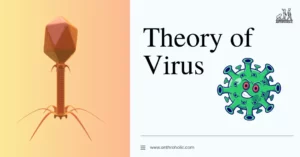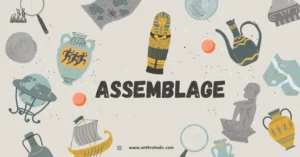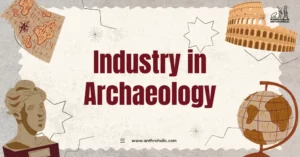AI Answer Evaluation Platform Live Now. Try Free Answer Evaluation Now

Serology
Serology, derived from the Latin word 'serum', refers to the scientific study of blood serum and other bodily fluids. It is a crucial branch of immunology and is primarily used to diagnose and monitor disease progression, with applications in various medical fields, including anthropology.











